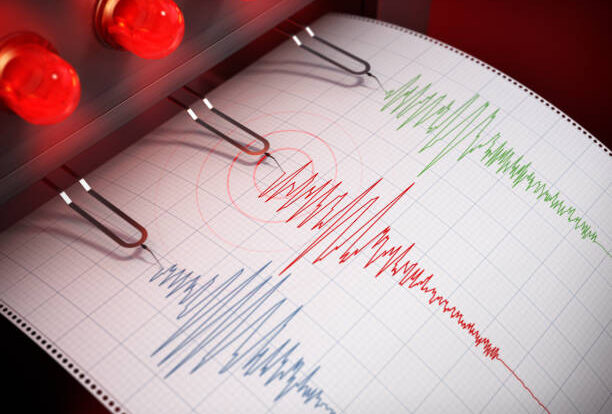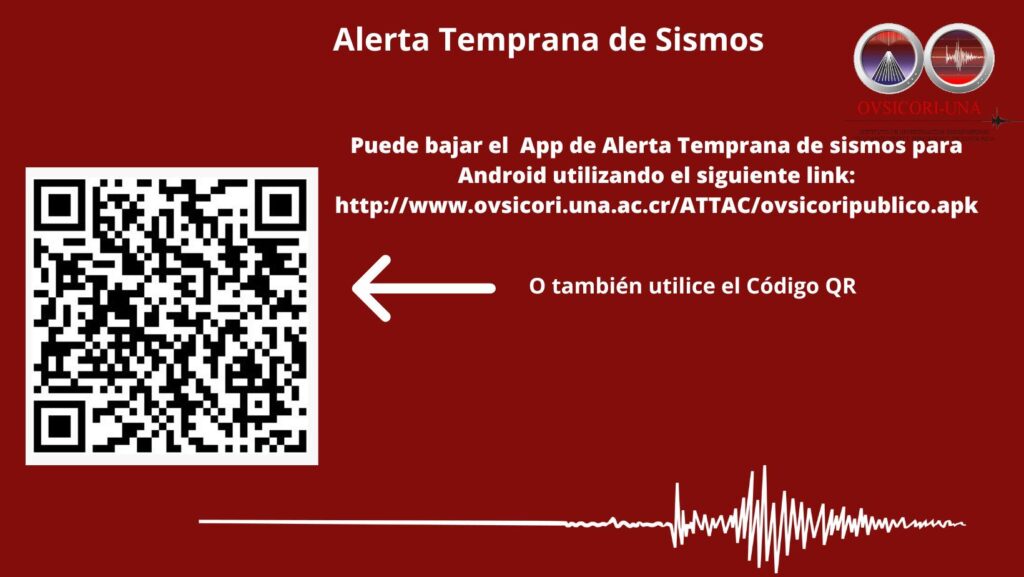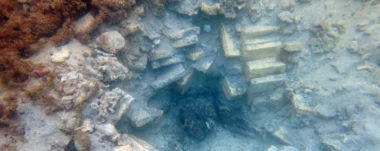New application could provide earthquake alerts

Learn about the new application of the Vulcanological and Seismological Observatory of the National University that would provide earthquake alerts in Costa Rica.
The Volcanological and Seismological Observatory (Ovsicori) and the National Emergency Commission presented a new application for cell phones that provides earthquake alerts.
It has three types of alerts:
- Early warning (red alert) of earthquake. This alert emits the message “Earthquake, earthquake, earthquake” at maximum volume, in addition to sending a text message.
- Earthquake early warning (orange alert). This alert causes the cell phone to vibrate and send a notification.
- Early warning (green alert) that does not require action and sends a silent notification.
The application is part of the Earthquake Early Warning System (EWS) that also operates in countries such as Japan, Taiwan, Mexico and the west coast of the United States.
In addition, it was developed by the Ovsicori, the Swiss Seismological Service, the Zurich Institute of Technology and the Swiss Agency for Development and Cooperation.
According to the explanations of Marino Protti, seismologist, the application is effective only at distances between 50 and 150 km from the epicenter.
How does the application work?
Earthquake alerts work by detecting that an earthquake has originated and making quick calculations of epicenter, magnitude and depth.
If the analysis assesses that it will be an important movement, it sends an alert by various means (television, radio, text messages, cellular applications, specialized devices for homes, schools or workplaces) in order to implement the security protocol.
The time from when the alert is issued and the earthquake is felt depends on multiple factors such as magnitude, depth and distance between the epicenter and the place where the person receives the warning.
For now, the application works on devices with Android OS version 8.0 or higher and can be downloaded via the QR in the image below:

Sensorial Sunsets
Navigate articles





